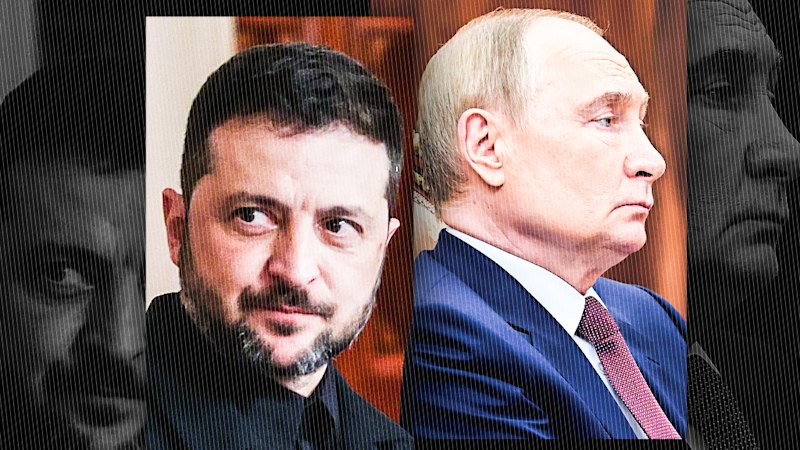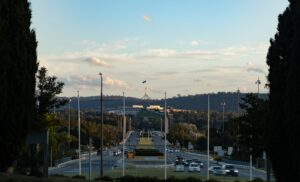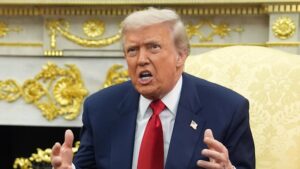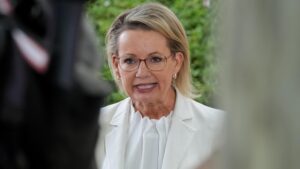
Ukrainian President Volodymyr Zelensky has expressed his willingness to engage in direct talks with Russian President Vladimir Putin, stirring discussions about potential resolutions to the ongoing conflict in Ukraine that has persisted for over three years. The prospect of a final peace deal raises critical questions about security guarantees for Ukraine, possible territorial concessions, and the feasibility of a ceasefire.
Recent comments by Zelensky have brought the focus back to the negotiation table. The Ukrainian leader indicated he is prepared to discuss the territorial disputes that have arisen since Russia’s annexation of Crimea in 2014 and its full-scale invasion in 2022. The war has resulted in Russia controlling approximately 114,500 square kilometres of Ukrainian territory, or nearly 19 percent of the country, including significant portions of the eastern and southeastern regions.
As discussions unfold, the potential for an immediate ceasefire remains uncertain. Donald Trump, the former President of the United States, has suggested that the focus should be on a comprehensive agreement rather than a temporary truce. Trump emphasized the need for negotiations that might involve “possible exchanges of territory,” particularly concerning areas currently occupied by Russian forces.
territorial and security concerns
The territory in question includes 46,570 square kilometres of the Donbas region, where Russian forces have achieved substantial control, capturing all of Luhansk and 75 percent of Donetsk. In addition, Russian troops occupy about 74 percent of the Zaporizhzhia and Kherson provinces. Reports suggest that Putin’s terms could require Ukraine to relinquish the remaining 25 percent of the eastern Donetsk region it currently holds. In exchange, it is believed that Russia would withdraw from small areas of territory in Kharkiv, Sumy, Mykolaiv, and Dnipropetrovsk.
With the backdrop of these discussions, the question of security guarantees has come to the forefront. French President Emmanuel Macron has indicated that European leaders will seek clarity from Trump regarding the extent of U.S. support for Ukraine’s security. While Trump has not committed to deploying American troops, he has acknowledged that Europe must be the “first line of defence” while also indicating that the United States would remain involved.
Macron has outlined the necessity for Ukraine to develop a robust military capable of withstanding Russian aggression, estimating that an army of “several hundred thousand people” would need to be equipped, trained, and maintained over an extended period. On the other hand, Putin seeks limitations on the size of Ukraine’s armed forces and assurances of its neutrality.
The potential options for security guarantees include various military support structures. A substantial peacekeeping force would require tens of thousands of troops to provide a credible deterrent against future aggression. Alternatively, a smaller “tripwire” force could be deployed to signal to Russia that any further aggression could provoke a broader conflict. A less aggressive option might involve an “observer force,” which would play a mostly symbolic role with limited military capabilities.
As discussions progress, Ukraine appears poised for significant military investment, with reports from the Financial Times indicating plans for a $100 billion procurement of American weapons, financed through European support under any future security agreements.
NATO’s Position and Future Prospects
The ongoing conflict has also revived discussions about NATO’s role in the region. Putin has expressed a desire for a legally binding assurance that NATO will not expand eastward, a point of contention that has troubled him since the alliance’s growth following the dissolution of the Soviet Union.
On Monday, NATO Secretary General Mark Rutte reiterated that NATO membership for Ukraine is not currently on the agenda. However, he suggested that Ukraine could benefit from security guarantees similar to Article 5 of NATO’s charter, which establishes a principle of collective defense among member states.
The situation remains fluid, with Zelensky indicating that the territorial disputes would ultimately be determined in his discussions with Putin, which Trump hopes will take place by the end of August 2023. As these high-stakes negotiations continue, the world watches closely, aware that the outcome will shape the future of Ukraine and its relations with Russia and the West.







